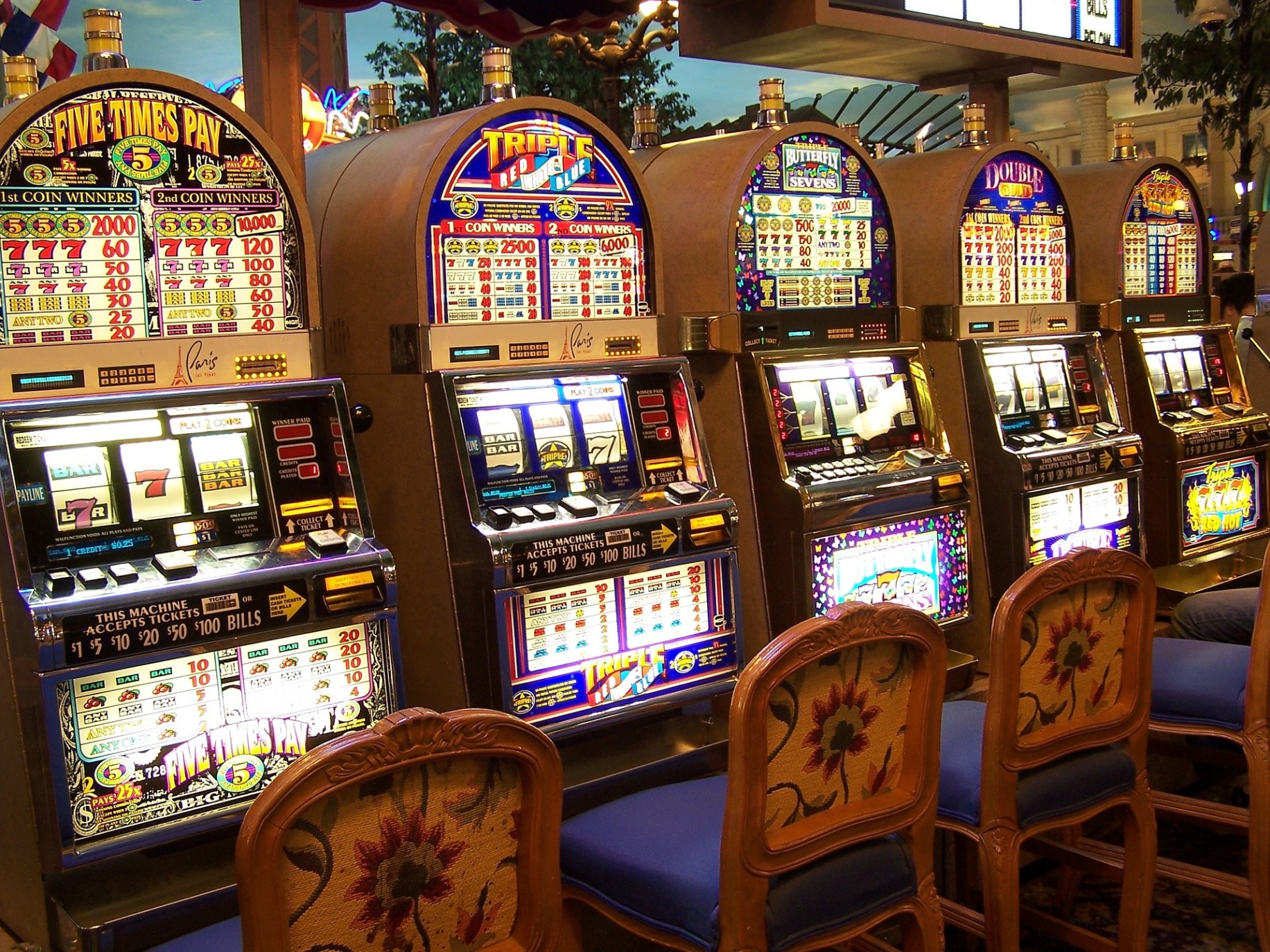
Security passcards are often used to gain entry into areas and buildings with restricted access. The security passcard may be for general access, meaning that the passcard does not provide data about the person using it, or it may be individually encoded, containing specific information about the cardholder.
Typically, the data on an encoded security passcard includes:
Welcome to Twin River Social Casino; home of the best free slots and casino games online! Play Blackjack, Roulette, Poker and wide range of authentic slots! Hence it may ask to see your Social Security card for proof of your correct number. I put the word proof in italics because there are no security features on Social Security cards issued before October 31, 1983 and there were multiple designs over the years, so older cards are relatively easy to fake.
Advertisement
Advertisement
Social Slot Games
- Name
- ID # (social security number or other unique number)
- Access level (where you're allowed to go)
An individually-encoded passcard looks a lot like a credit card. The stripe on the back of the security passcard is a magnetic stripe, often called a magstripe. The magstripe is made up of tiny, iron-based magnetic particles in a plastic-like film. Each particle is really a very tiny bar magnet, about 20 millionths of an inch long. The magstripe on the back of the card is very similar to a piece of cassette tape.
The magstripe can be 'written' because the tiny bar magnets can be magnetized in either a north- or south-pole direction. When the polarity of the bars aligns in the same direction, the card is blank. To write data requires a process called flux reversal. Basically, the polarity of a bar is reversed so that the north pole is facing the north pole of the adjacent bar (N-N) or the south pole is facing the south pole (S-S). This causes a change in the magnetic field that can be detected by the card reader. Since there can be two different flux reversals, N-N or S-S, there can be two different information states. This corresponds nicely to the binary system of 1s and 0s used by computers.
Writing the data requires the use of an encoder. The encoder has an electromagnet that acts as the encoding head. The solenoid is shaped like a ring with a small piece missing. The two ends, north pole and south pole, face each other across this gap, creating a magnetic field. This field varies in strength with the level of current sent through the solenoid. A change in strength can reverse the polarity of the tiny magnetic bars in the magstripe if they are positioned in the gap of the encoding solenoid. By reversing polarities in a certain sequence, the encoder writes data to the card.
A card reader can understand the information on the magstripe. A reader detects the changes in its magnetic field caused by the flux reversals on the passcard's magstripe. Most readers use one of three methods for reading the card:
- Swipe reader - You swipe the card through a long, narrow slot that is open at each end.
- Insert reader - You insert the card into a small receptacle that is just large enough to accommodate the card.
- Proximity reader - You hold the card in front of the blank face of the reader.
Slot Machine Social Security Card Login
Most general-access cards use a magstripe, but some may have a different method for access. For example, one common alternative is to embed a tiny radio transmitter in the passcard. These cards can be either 'active' (containing a small battery) or 'passive' (relying on the radio reciever for power). When the card is within a certain distance of the radio receiver, usually just a few feet or even a few inches, the security system confirms the signal being transmitted and provides access to the area or building.
Here are some interesting links:
Security Cable Slot
Advertisement